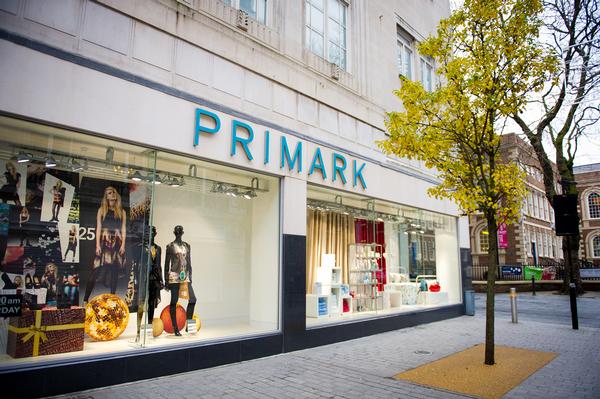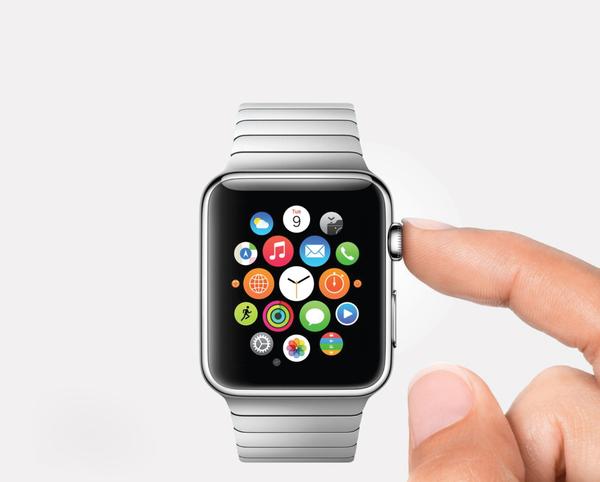
|
 |
Health Club Management Handbook - 2015 predictions

Industry insights

|
|
| 2015 predictions
|

What will drive sector growth in 2015, and what will be the challenges and opportunities?
|


As the retail, hotel and airline sectors have shown, value for money is here to stay photo: www.shutterstock.com/JuliusKielaitis
|
|
|
After a prolonged recession, 2014 was brighter for most, with the economy finally turning a corner and both consumer confidence and the housing market picking up. In the fitness industry, the low-cost sector had another strong year, growing 21 per cent according to the latest Mintel research. But will the improvement in the economy mean the affordable clubs will lose their appeal, with people trading up to more expensive brands? Not at all, according to CEO of The Gym Group John Treharne. “I would expect the market to at least double and for there to be some new entrants in 2015,” he says. “I think – as has happened in other markets such as airlines, hotels and retail – there will be more growth at the premium end but also significant growth at the low-cost end of the market. Research shows value for money is here to stay: people don’t automatically go for a more expensive brand in good economic times.” Another feature of 2014 was the growth of boutique clubs – the emerging microgym sector – where members pay premium prices for a small, personal, high spec club that focuses on one discipline. Will we see new entrants into this sector? How will the products evolve, and will even more niches emerge? The obesity crisis was never far from the 2014 news headlines. Despite health club penetration levels nudging up very slightly, the nation is getting fatter. Will we start to see some progress with this problem in 2015, with new ideas brought forward to drive behaviour change on a mass scale? Last but definitely not least, on the back of growing consumer interest in wearable technology, the Apple Watch will go on sale in 2015. What impact will such products continue to have on the industry? Will tech-savvy consumers take workouts into their own hands, bypassing the expertise of gyms – and maybe even gyms themselves – or will operators learn to take advantage of the technology? We ask the experts for their thoughts...
|
|
 |

Arron Williams
Special projects
Life Fitness
 |
|
‘‘Last year we had 13.2 per cent penetration, which was deemed a good year – but this only represents 1.4 per cent growth since 2007, so the industry is relatively stagnant. The Turning the Tide of Inactivity report vividly highlights the extent of chronic disease and inactivity throughout the UK, which suggests the current model isn’t working and something has to change.
The most buoyant section of the market is the boutique gym sector. This is a very urban trend, but in 2015 we might start to see these clubs expand into the suburbs. So far we’ve identified 23 different types of boutique gym, in the main HIIT-based, highly functional, group exercise-based, social and communal. As this trend evolves, we’re likely to see more developments such as the fitness mall model, or the ‘multiple’ boutique model where health clubs are deconstructed and then reconstructed along the lines of a series of specialised, packaged boutique gym offerings. With boutiques offering pay as you go and bulk buy, and low-cost clubs offering no contract memberships, the days of being a 12-month contract prisoner have all but gone.
I think club locations will change and, as retail struggles on the high street, we’ll start to see studios and boutique clubs move in, as is already happening in the United States and Asia.”
The multiple boutique model will see health clubs deconstructed and then reconstructed as a series of specialised, packaged boutique gym offerings
| |


|

The emergence of the microgym is a very urban trend, but in 2015 we might start to see these clubs expand into the suburbs |
|
|
 |

Bryan O’Rourke
CEO
Integrus
 |
|
‘‘We saw a robust 2014 and I think 2015 will continue in the same vein. Economic indicators suggest it will be a good year.
I think memberships will continue to rise, with more formats, opportunities and content-based programming.
Several developed markets will see further consolidation: I predict a couple of blockbuster transactions in Europe, the US and Asia Pacific. We’ll see continued growth in India, Asia Pacific, Australia, the US and Eastern Europe, with Poland and Hungary in particular being active.
Digital technology will have an impact: there will be a proliferation of digital competitors related to advancements in wearable technology, apps and smartphone adaptations. This will put pressure on clubs to use the technology for payment and engagements. However, although the digital delivery model will grow, there’s no research to suggest this will negatively impact on bricks and mortar participation.
There will be continued growth in niche format models – both boutiques and low-cost – but I think some middle-tier players may tweak their business model to offer a bit of each, and some hybrid concepts will emerge that can offer a ‘best of both worlds, club within a club’ approach.”
I predict a couple of blockbuster
transactions in Europe, the US and Asia Pacific
| |


|
| photo: www.shutterstock.com/Maridav |

There will be a proliferation of digital competitors: wearable tech, apps and smartphone adaptations |
|
|
 |

David Minton
Director
The Leisure Database Company
 |
|
‘‘In 2015, the industry will have to adapt or lose out. New technology is making the consumer more powerful and clubs will have to react. Innovations like the Apple Watch and the iPhone 6 with iOS 8 – which includes the new Health app – will become the most useful repository of all sorts of health and fitness data, with some collected automatically by the barometer inside the new phones.
A recent Harvard report showed US waistlines are getting even bigger; the UK is close behind. Our industry must do something radical, like offering free PT to help get results, if it’s to be taken seriously.
As the economy picks up, I think the growth of the low-cost sector will slow. People like to pay for a bit of comfort, luxury and broader facilities, otherwise everyone would stay at budget hotels. Microgyms are adding value to the sector with a good product; these will continue to grow, as people value unique experiences. However, the biggest growth will come from the public sector, which is embedded in the community and puts the customer first in a way private sector clubs can’t. Use of public sector facilities is going up enormously: the top seven operators had almost 100 million visits last year.”
The industry needs to do something radical – like offering free
PT to help people get results – if it’s to be taken seriously
| |


|

The Apple Watch will become a useful repository of all sorts of health and fitness data |
|
|
 |
| Originally published in HCM Handbook 2015 edition
|
|
 |
|
